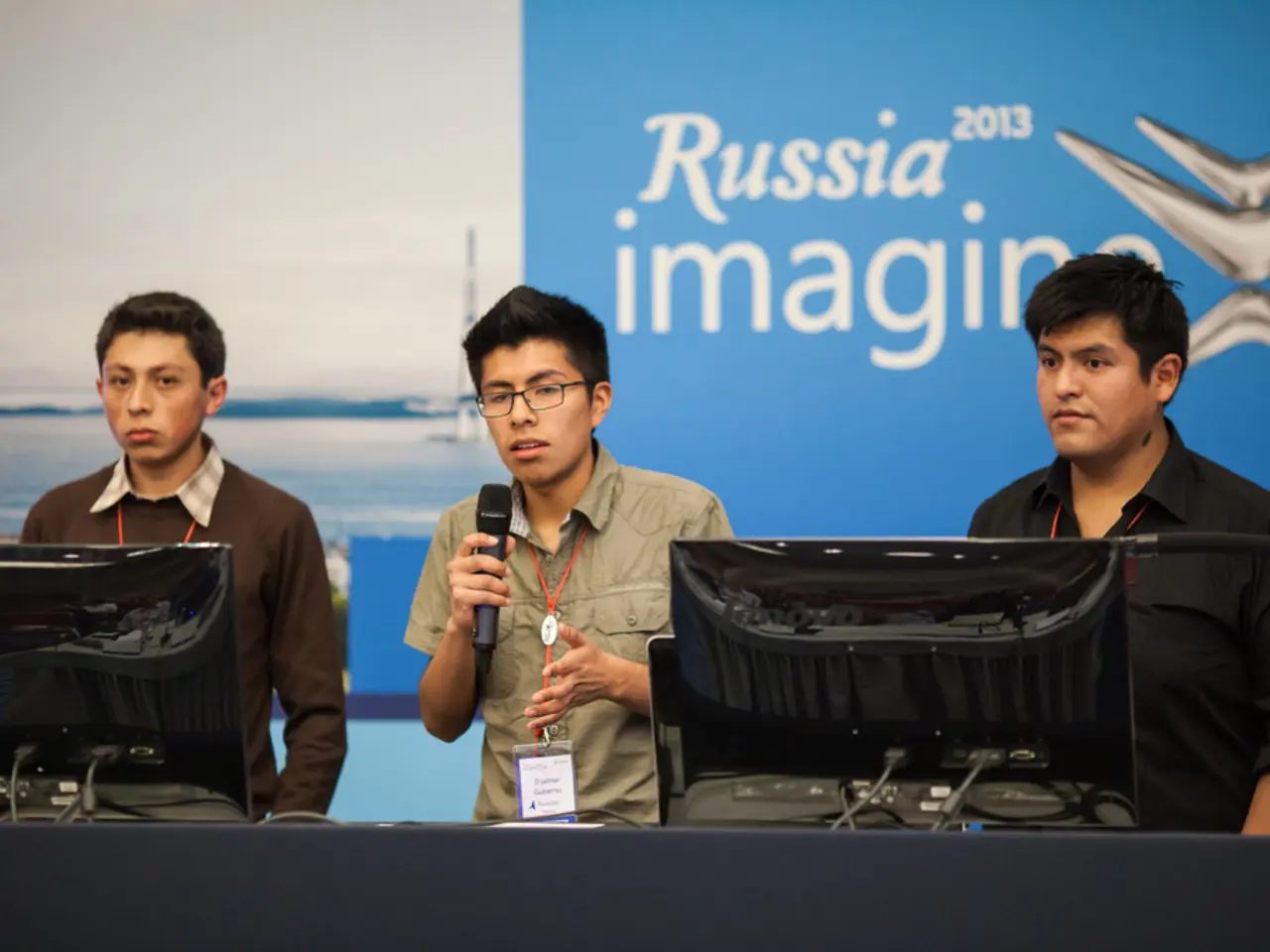A contentious aviation mishap involving EgyptAir Flight 990
Crashing into the Depths: The Mysterious EgyptAir Flight 990 Disaster
On a chilly October night in 1999, EgyptAir Flight 990 plunged into the Atlantic Ocean, taking the lives of all 217 passengers and crew. The tragic event occurred roughly 60 miles off the coast of Nantucket, Massachusetts, after the plane had departed from New York City en route to Cairo following a stopover in Los Angeles. The Boeing 767-366ER, tail number SU-GAP, showed no signs of mechanical issues, leaving the cause of the crash a complete enigma.
The investigation into this baffling catastrophe was a tumultuous and contentious one, with the National Transportation Safety Board (NTSB) ultimately suggesting that the crash was the result of a deliberate action by the first officer, Gamal el-Batouti. The NTSB's conclusion was based on the cockpit voice recorder (CVR), which revealed El-Batouti had repeatedly turned off the autopilot and put the plane into a nosedive.
Nonetheless, the Egyptian government vehemently rejected this claim and maintained that the crash was caused by mechanical failure. They pointed to the poor quality of the CVR recording and the possibility that El-Batouti's words had been misinterpreted. Even certain aviation experts expressed skepticism, doubting El-Batouti's ability to pull off such a maneuver without the captain's knowledge or any apparent motive for such actions.
The contention surrounding EgyptAir Flight 990 endures, with the official explanation that it was a deliberate act by El-Batouti proving divisive. Even so, the truth behind the catastrophe on that fateful night remains shrouded in uncertainty.
The Nitty-Gritty of the Aircraft
The Boeing 767-366ER serving EgyptAir Flight 990 was a long-range wide-body aircraft, powered by Pratt & Whitney PW4000 engines. It had been in service since 1990, amassing around 33,000 flight hours before the crash, and was configured with two flight crews, a standard procedure for long-haul flights.
Nothing But Speculation
Beyond the NTSB and Egyptian investigations, various independent probes were launched to unravel the mystery surrounding EgyptAir Flight 990. One notable investigation was spearheaded by former NTSB investigator Frank Ricci, who concluded that the crash was caused by a mechanical failure, specifically a failure of the plane's elevator control system.
However, Ricci's finding has been debated by the NTSB and other aviation experts. The controversy continues to thrive, with questions persisting about the true cause of the catastrophic event.
The crash of EgyptAir Flight 990 stands as one of the most perplexing aviation accidents in modern history, its secrets buried deep beneath the waves.
Whispers of Conspiracy
In the aftermath of the EgyptAir Flight 990 crash, the presence of 33 Egyptian military personnel on board stirred rumors of sabotage, as they were returning from a training exercise in the United States. The sensitive nature of these passengers and the secrecy surrounding their identities fueled speculation that the flight had been targeted in a deliberate act of aggression by hostile forces. These theories only added to the already convoluted investigation.
credits:
By Aero Icarus - Egypt Air Boeing 767-366ER; SU-GAP@ZRH, October 1999/ BZS CC BY-SA 2.0, via Wikimedia Commons.
- The controversy surrounding EgyptAir Flight 990 extends beyond the aviation realm, as politics and general-news outlets have taken an interest in the investigation, with differing viewpoints on whether the crash was a deliberate act or a mechanical failure.
- The mysterious crash of EgyptAir Flight 990, in addition to raising questions about aviation accidents, has also sparked whispers of crime-and-justice, as the presence of 33 Egyptian military personnel on board has fueled speculation about sabotage and hostile activity.







